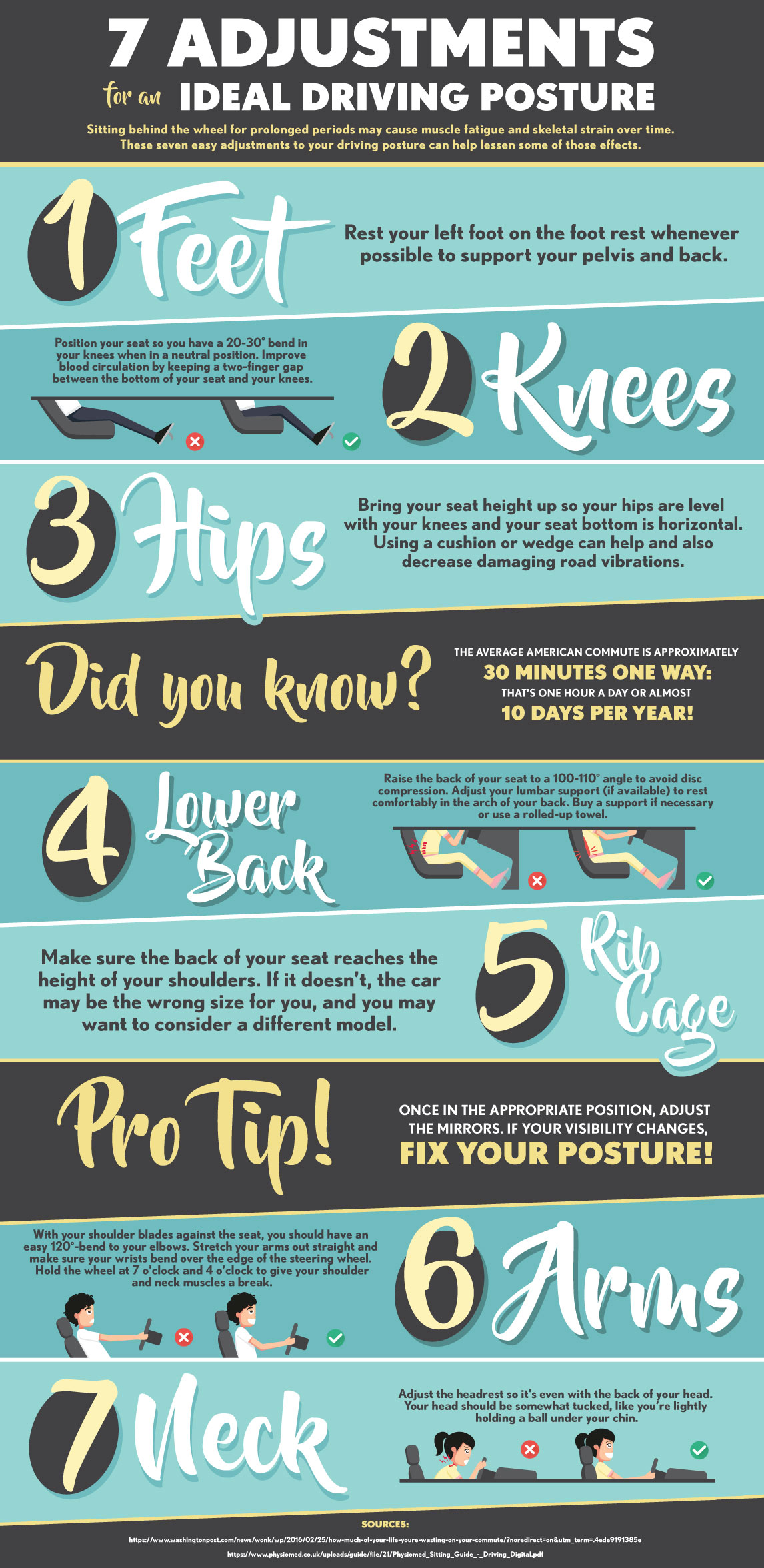The Result Of Position On Pain In The Back: Standards For Maintaining Good Positioning Throughout Your Daily Regular
The Result Of Position On Pain In The Back: Standards For Maintaining Good Positioning Throughout Your Daily Regular
Blog Article
Write-Up Author-Salisbury Preston
Keeping correct stance isn't nearly sitting up directly; it has to do with straightening your body in such a way that sustains your spinal column and reduces the risk of pain in the back. The means you rest, stand, and relocate throughout the day can dramatically influence your spine wellness. However exactly how specifically can you make certain excellent alignment continually, also during busy days loaded with numerous tasks? Allow's dive deeper into the refined yet impactful modifications you can make to your day-to-day regimen to keep your back happy and healthy.
Significance of Appropriate Pose
Proper posture is essential in keeping a healthy and balanced back and stopping discomfort. When you sit or stand with excellent position, your back is in alignment, reducing strain on your muscular tissues, ligaments, and joints. This alignment permits the body to distribute weight evenly, stopping excessive tension on specific locations that can bring about pain and pain. By keeping your spinal column properly lined up, you can also improve your breathing and food digestion, as slouching can compress organs and limit their performance.
Additionally, preserving good posture can enhance your total look and self-confidence. When you stand tall with your shoulders back and head held high, you show confidence and appear even more approachable. Good stance can likewise make you really feel a lot more energized and sharp, as it advertises appropriate blood flow and permits your muscle mass to function effectively.
Incorporating appropriate stance into your daily regimen, whether sitting at a workdesk, walking, or working out, is crucial for protecting against back pain and promoting total well-being. Remember, a small adjustment in just how you hold yourself can make a considerable distinction in exactly how you feel and work throughout the day.
Common Postural Mistakes
When it concerns preserving good pose, lots of people unconsciously make typical errors that can contribute to back pain and pain. Among the most common errors is slumping over or stooping over while resting or standing. This placement puts too much stress on the back and can lead to muscle mass imbalances and discomfort in the long run.
Another usual blunder is overarching the lower back, which can flatten the all-natural contour of the back and trigger discomfort. Additionally, crossing legs while sitting may feel comfy, but it can create a discrepancy in the hips and pelvis, causing postural problems.
Making my back hurts so bad of a cushion that's too soft or too firm while sleeping can likewise impact your placement and add to neck and back pain. Last but not least, constantly craning your neck to take a look at screens or readjusting your placement often can strain the neck and shoulders. Being what is it worth of these usual postural errors can assist you keep far better positioning and lower the risk of back pain.
Tips for Correcting Positioning
To enhance your positioning and reduce neck and back pain, it's vital to concentrate on making small adjustments throughout your daily regimen. Beginning by being mindful of your stance. When sitting, ensure https://keeganjfytm.bloggosite.com/38852741/you-may-be-shocked-to-learn-that-several-misunderstandings-about-chiropractic-care-originate-from-an-absence-of-understanding-find-the-truth-behind-these-misconceptions are flat on the flooring, your back is straight, and your shoulders are unwinded. Avoid slouching or leaning to one side. Usage ergonomic chairs or pillows to support your lower back.
When standing, distribute your weight evenly on both feet, maintain your knees somewhat curved, and tuck in your hips. Involve your core muscle mass to support your spine. Take breaks to extend and walk around if you have a less active work. Integrate exercises that strengthen your core and back muscle mass, such as slabs or bridges.
While sleeping, utilize a cushion that supports the natural contour of your neck to keep proper spine alignment. Stay clear of sleeping on your belly, as it can stress your neck and back. By being mindful of these tips and making small adjustments, you can slowly remedy your positioning and ease pain in the back.
Final thought
Remember, maintaining great position is essential to avoid pain in the back and promoting back wellness. By bearing in mind your placement, dispersing weight equally, and engaging your core muscular tissues, you can reduce strain on your back and minimize the risk of discomfort and injury. Integrate ergonomic assistance, take normal breaks to stretch, and strengthen your core and back muscle mass to keep appropriate placement throughout the day. Your back will certainly thanks for it!
